If you heard how delicious are kroštule, or how crunchy fanjki are, or perhaps how sweet are hroštule or “poderane gaće”, let me tell you a secret – all these sweets actually present one delicious dessert disguised under 4 different names!
Kroštule are small, knot-shaped sweets covered with powdered sugar. They are crunchy and sweet and they can be served after the meal or as a snack. At first, kroštule were popular only on the Croatian coast (Istria, Kvarner, and Dalmatia) but as time went by, they are now favorite in every region of Croatia. That’s the reason why kroštule have so many alternative names – and in the end, they are delicious wherever you try them, especially if you make them at home!
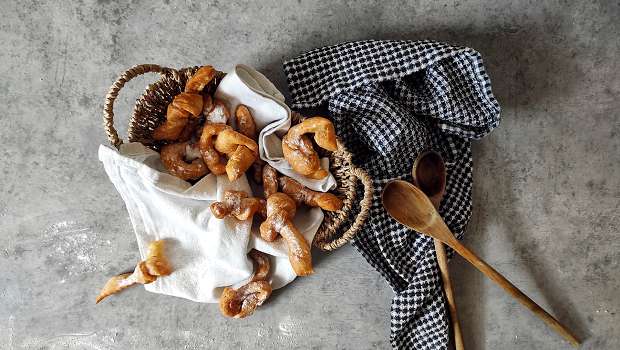

History Of The Sweets
When it comes to the biggest influence on Croatian cuisine, Italy surely leads the way. From there, kroštule came not only to the Croatian coast, but also to France, Poland, Greece, and the rest of the world. But, after some time, each country, including, of course, Croatia, began to experiment with the recipe, adding some different ingredients which were specific to their national or regional cuisine, and due to that, kroštule became part of every traditional cuisine. All the recipes are similar, yet different enough to be a part of some country’s heritage.
It is not known when kroštule came to Dalmatia, so today, Croats only know that they are a classic traditional desert of each Dalmatian household (and thanks to that, a must-try if you’re on a Mediterranean cruise!). Due to that, it is a bit harder to write about their path through history, but let’s go over the facts that we do know!
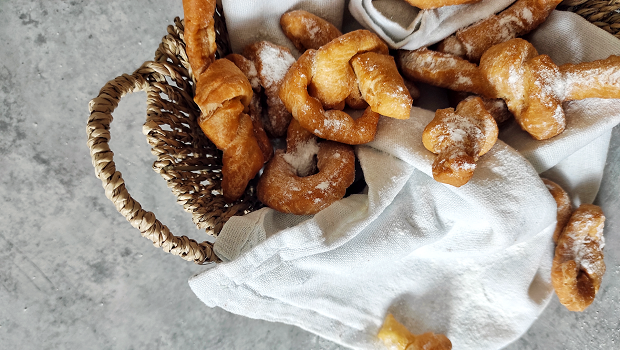

Throughout the years, Croatian regions and islands created kroštule according to the traditional recipe but with one additional ingredient which made them unique for that place. For example, classic Dalmatian kroštule are made from limoncello-flavored dough, Brač’s kroštule are made with a touch of kvasina (acid), in Istrian kroštule you can find white wine, while kroštule from Hvar are made with brandy. Every island and town has its own recipe (and probably its own name) for this dessert – from Zagreb to Dubrovnik, from eastern parts of Slavonia to beautiful Istria. Kroštule are truly a favorite treat for every generation!
Variations Of The Preparation
Croatian regions, islands, and towns have so many recipes for this dessert that it is hard to say which one is the best. Each and every one of them is unique in its own way and it comes with a unique touch of the tradition of that region.
Kroštule can be made with or without eggs, cream, with one type of flour or with a combination of 2, with or without baking powder, with wine, brandy, or acid. Of course, these are not all the variations, but you get the picture of how many recipes are present in Croatia!
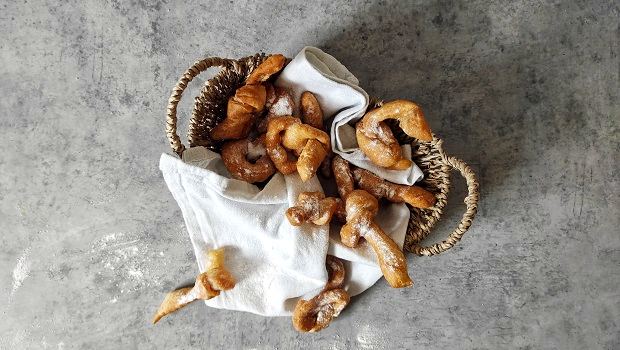

But, if we talk about the most traditional, classic recipe which is actually a basis for all the variations, the following one is the best one!
The steps are quite simple and the way you shape the dough is up to you. You can make knots, squares, little pillows, and more. Let the imagination be your guide. Now let’s bake!
Mix eggs and sugar, then add a bit of flour, baking powder, and melted butter. Mix all the ingredients.
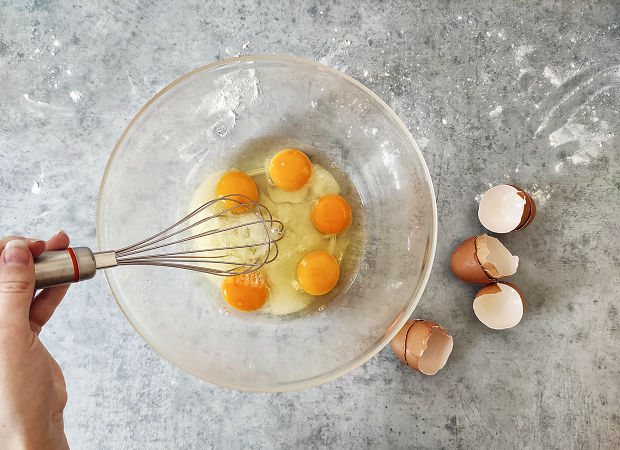


Add rum, brandy, and salt, and mix the ingredients.
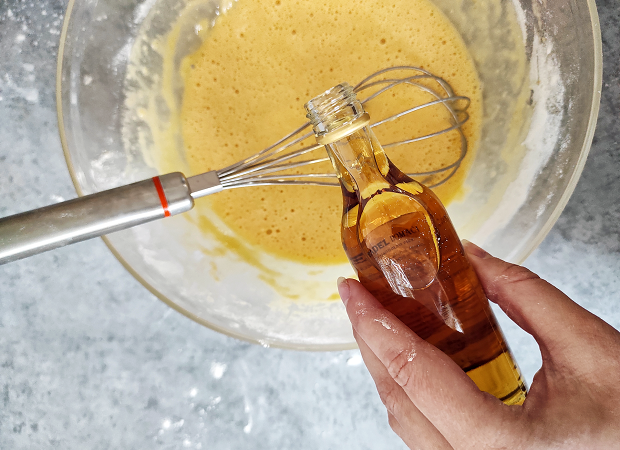


Keep adding flour until you have a firm dough.
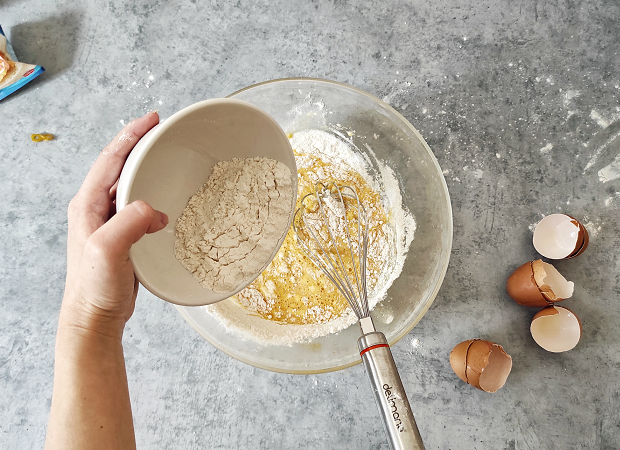


When you get a nice, firm dough, let it rest for 2 hours. Put it in a cold place and cover it with the cloth.
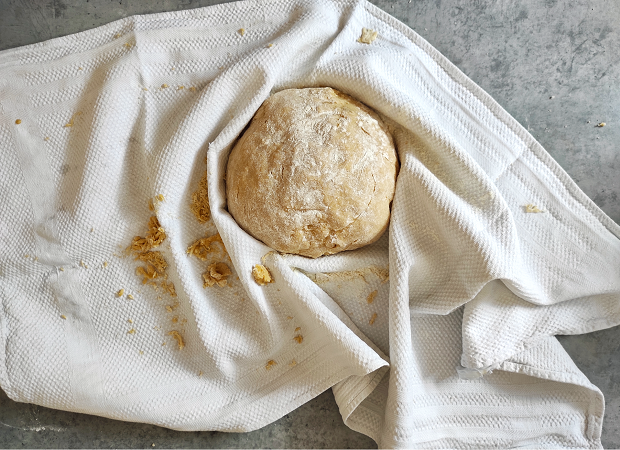


Thinly roll out the dough and use a small roller or knife to cut the dough into strips. After that, cut each strip in half and start knotting them.



Fry kroštule in hot oil for a few seconds, lay them out on the paper napkin, and sprinkle them with powder sugar.
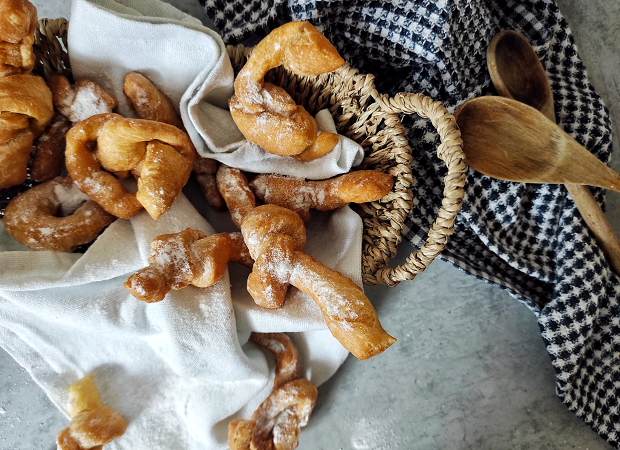


Ingredients
Directions
Mix eggs and sugar, then add a bit of flour, baking powder, and melted butter. Mix all the ingredients.



Add rum, brandy, and salt, and mix the ingredients.



Keep adding flour until you have a firm dough.



When you get a nice, firm dough, let it rest for 2 hours. Put it in a cold place and cover it with the cloth.



Thinly roll out the dough and use a small roller or knife to cut the dough into strips. After that, cut each strip in half and start knotting them.



Fry kroštule in hot oil for a few seconds, lay them out on the paper napkin, and sprinkle them with powder sugar.



Crunchy and sweet – is there more we could ask from a traditional dessert? I think not!
This recipe is relatively easy to conduct, just make sure to make a nice, smooth, and firm dough, and let it rest for a couple of hours. After that and while rolling out the dough, make sure it is rolled out thinly. Kroštule should be thin in order to be crunchy. Also, you can sprinkle them with as much powder sugar as you want! Its sweetness beautifully combines with a fried dough! And that’s it – time to enjoy the sweets!
How do you prepare kroštule? And the bigger question – how do you call them in your region? Let us know!



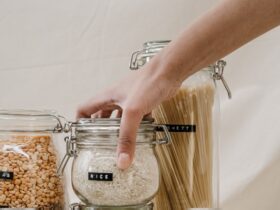
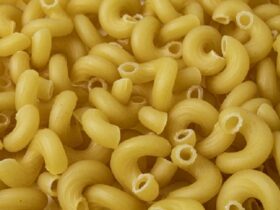
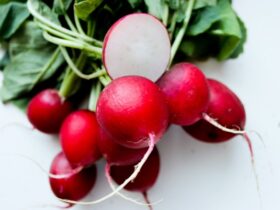


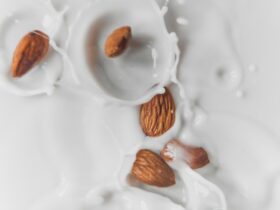



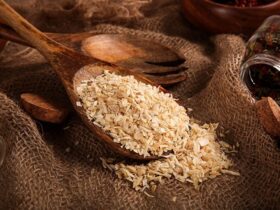
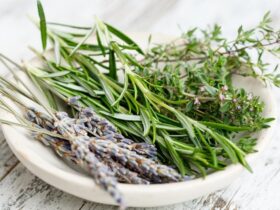
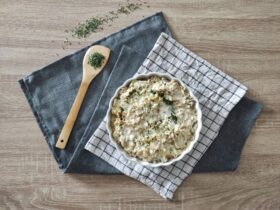
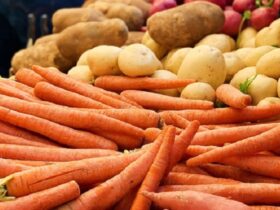


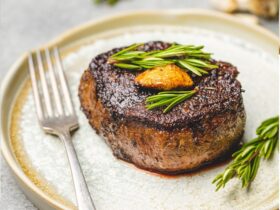
Leave a Reply